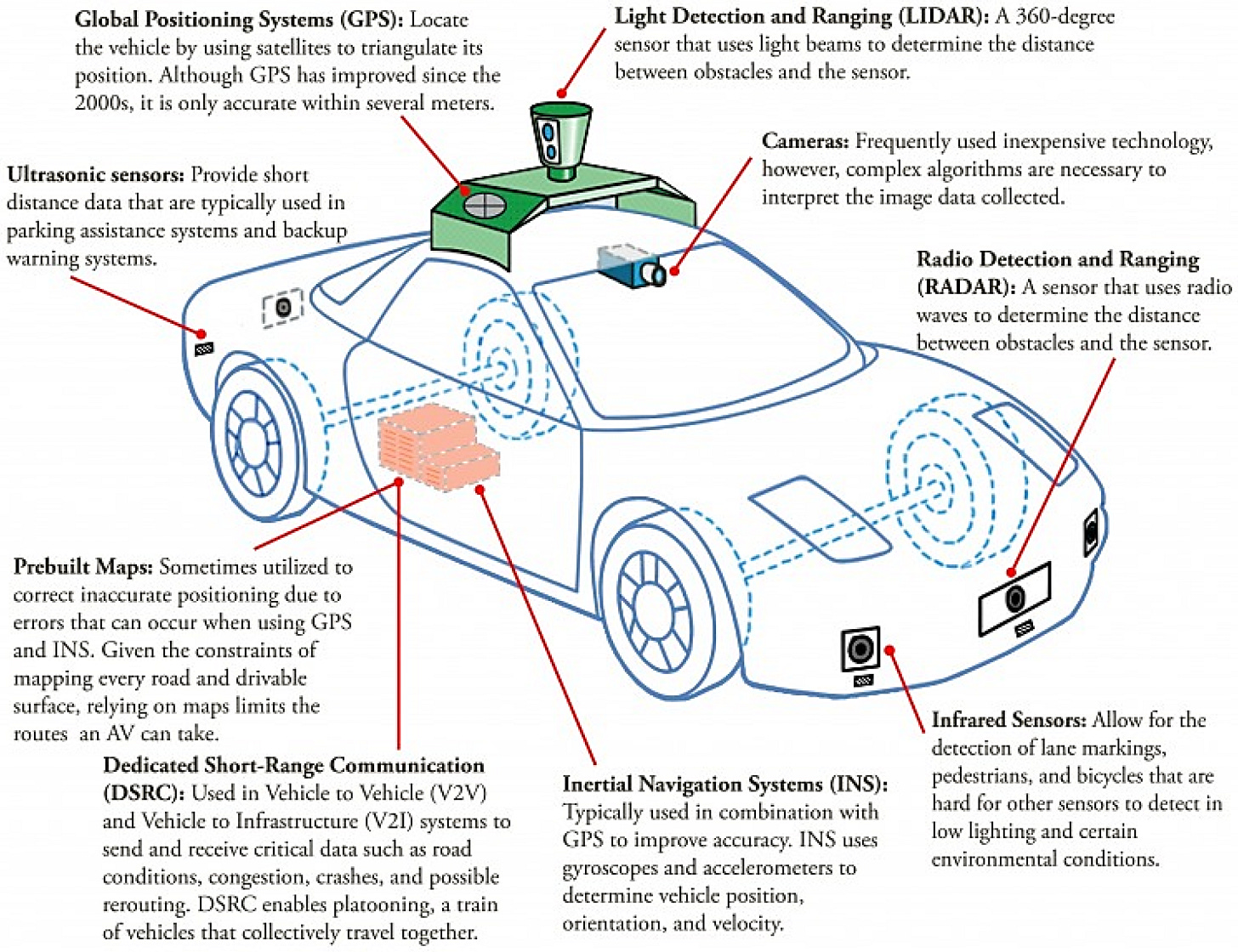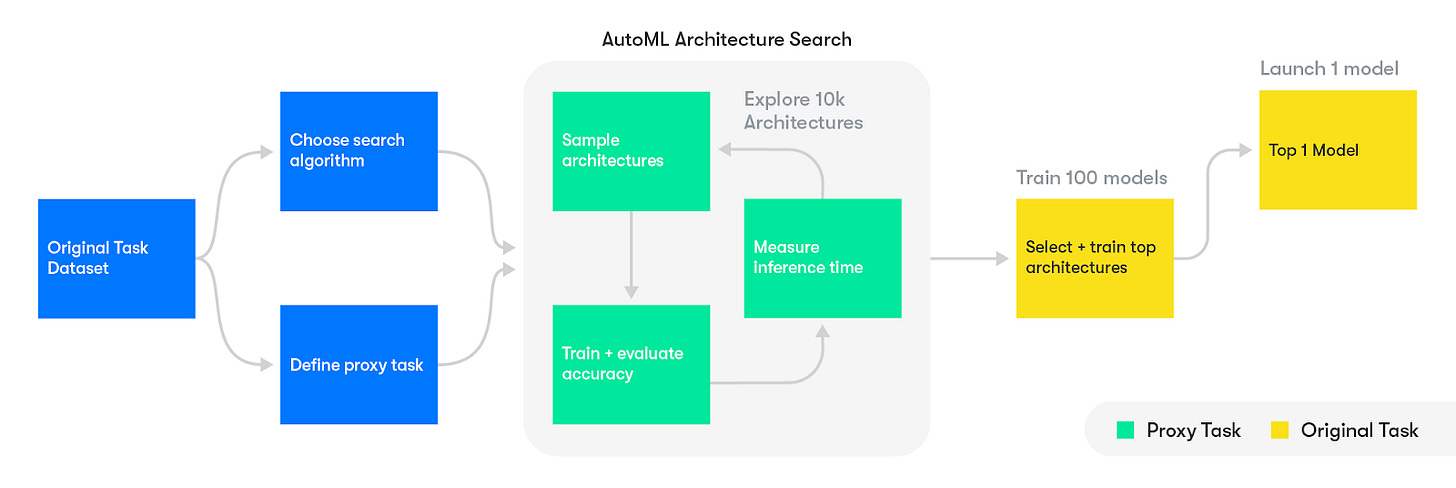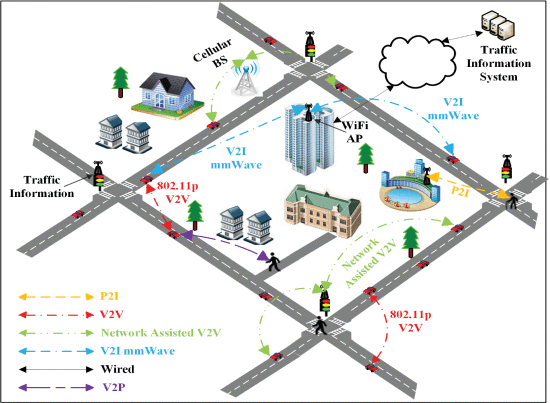Steering Towards Autonomy: A Deep Dive into Self-Driving Vehicles
From Sensor Technologies to Social Impact: What You Need to Know About Autonomous Cars
Introduction
In recent years, the streets of San Francisco have transformed into a real-world testing ground for autonomous vehicles (AV). Companies like Waymo, owned by Google, and General Motors-owned Cruise have been at the forefront of this technological revolution. Despite the futuristic allure and the promise of safer, more efficient transportation, the journey towards fully autonomous taxis is full of challenges and controversies.
The New York Times describes the experience of riding in a Waymo taxi as "futuristic," with voice-guided instructions and a strict no-touch policy for the steering wheel. However, the article also raises concerns about the safety of these vehicles, especially in a city known for its hilly and congested streets. Waymo's cars have begun to function as paid taxis, but not without objections from San Francisco officials who question the vehicles' safety records.
Wired's coverage adds another layer to the debate, highlighting the regulatory problems faced by these companies. Despite years of testing, the vehicles have been criticized for causing traffic jams and delaying first responders. The California Public Utilities Commission's approval for Waymo and Cruise to operate comes with its own set of responsibilities and challenges, emphasizing the need for safety and data transparency.
As we try to understand the world of autonomous taxis, my writing exercise aims to explore the technological landscape and the ethical dilemmas that come with it. From Waymo's advanced machine learning algorithms to the regulatory landscape, I will try to take a comprehensive look at what it truly takes to put a driverless car on the road.
Autonomous Vehicle Technologies
Sensors
Source (An Overview of Autonomous Vehicles Sensors and Their Vulnerability to Weather Conditions)
The backbone of any autonomous vehicle lies in its sensor technology. These sensors serve as the "eyes and ears" of the vehicle, capturing a wide array of data that is processed in real-time to make driving decisions. Among the most critical sensors are LiDAR, RaDAR, and cameras, each with its unique capabilities and applications.
LiDAR (Light Detection and Ranging)
LiDAR uses laser beams to measure distances and create a 3D map of the vehicle's surroundings. It is particularly effective in detecting the shape and size of objects, even in low-light conditions. Waymo, for instance, has developed a custom suite of LiDAR sensors that can detect objects up to 300 meters away.
Source (Waymo Blog)
RaDAR (Radio Detection and Ranging)
RaDAR employs radio waves to determine the velocity, range, and angle of objects around the vehicle. Unlike LiDAR, RaDAR is less affected by weather conditions like fog or rain, making it a crucial component for all-weather autonomous driving. Waymo's latest hardware integrates RaDAR to provide a more comprehensive understanding of the vehicle's environment.
Cameras
Cameras offer the advantage of color and texture recognition, which is vital for tasks like reading traffic signs or detecting lane markings. They are usually less expensive than LiDAR and RaDAR, but are more susceptible to varying lighting and weather conditions. Waymo's vehicles use high-resolution cameras to complement the data gathered by LiDAR and RaDAR, ensuring a 360-degree view of the road.
Machine Learning and AI
The rise of AV is intrinsically linked to advancements in machine learning and artificial intelligence (AI). These technologies serve as the "brain" of the vehicle, processing the data collected by sensors to make real-time driving decisions. Below, we delve into how machine learning and AI are revolutionizing the field of autonomous driving.
Data Processing and Sensor Fusion
One of the primary roles of machine learning in AVs is data processing and sensor fusion. The vehicle's sensors generate a massive amount of data that needs to be processed in real-time. Machine learning algorithms are employed to fuse this data from multiple sources (LiDAR, RaDAR, cameras) to create a unified and accurate representation of the vehicle's surroundings.
Source (edge-ai-vision.com)
Decision-Making and Control
Machine learning models are trained to make driving decisions based on the processed sensor data. These decisions range from simple tasks like lane-keeping and speed control to complex manoeuvres like overtaking and navigating through intersections. Advanced algorithms also account for dynamic elements like pedestrians, other vehicles, and varying road conditions.
Simulation and Testing
Before deploying on real roads, autonomous driving algorithms undergo rigorous testing in simulation environments. Waymo, for example, uses highly detailed simulations to train its machine learning models. These simulations mimic real-world conditions, allowing the algorithms to learn from millions of driving scenarios without ever hitting the road.
AutoML and Evolutionary Algorithms
Waymo has also explored the use of AutoML and evolutionary algorithms to automate the design of machine learning models. These advanced techniques optimize the model's architecture, making it more efficient and effective in handling the complexities of autonomous driving.
Source (Waymo Blog)
Safety and Reliability
As AVs take to the roads, safety and reliability remain big concerns for both the industry and the public. The promise of reducing human error and accidents is exciting, but it also brings forth a host of challenges that need to be addressed in details. Here's how AVs are tackling these issues
Safety Protocols and Features
AV are equipped with a range of safety protocols and features designed to prevent accidents and protect passengers. These include emergency braking systems, collision avoidance algorithms, and secure communication channels for vehicle-to-vehicle and vehicle-to-infrastructure interactions. Waymo's vehicles, for instance, undergo rigorous safety validation, including structured tests and millions of miles of road testing.
Weather Adaptability
One of the most significant challenges forAVs is operating reliably in varying weather conditions. Waymo and Tesla have invested in cutting-edge weather research to make its vehicles adaptable to conditions like rain, fog, and snow. The companies use real-time weather data and predictive algorithms to adjust the vehicle's driving behaviour accordingly.
Redundancy Systems
To enhance reliability, AVs employ redundancy systems. These are backup systems designed to take over in case of a primary system failure. For example, if a LiDAR sensor fails, the vehicle can rely on its cameras and RaDAR to continue safe operation.
Connectivity Requirements
AV are not isolated entities, they are part of a larger ecosystem that includes other vehicles, infrastructure, and even pedestrians. Here's how connectivity plays a vital role in the functioning of AVs:
Vehicle-to-Everything (V2X)
One of the key aspects of connectivity in AVs is Vehicle-to-Everything (V2X) communication. This encompasses
Vehicle-to-Vehicle (V2V)
Vehicle-to-Infrastructure (V2I)
Vehicle-to-Pedestrian (V2P) interactions.
V2X communication allows AVS to share information and make coordinated decisions, enhancing road safety and traffic efficiency.
Source: (5G Communication: An Overview of Vehicle-to-Everything, Drones, and Healthcare Use-Cases)
Real-Time Data Streaming
AV require real-time data streaming for functions like navigation, traffic updates, and emergency response. High-speed, low-latency networks like 5G are becoming increasingly important for these applications. They enable the vehicle to receive and process data in real-time, making driving decisions more accurate and timely.
Evolution and Future Trends
As we look towards the future, autonomous vehicles promise to revolutionize transportation in numerous ways. While the focus is often on the positive impacts like increased safety and efficiency, it's essential to consider some of the unintended consequences that may arise. Here's a look at what the future holds, both good and bad
Reduced Traffic Accidents
One of the most touted benefits of autonomous vehicles is the potential for significantly reducing traffic accidents. Human error is a leading cause of road accidents, and autonomous vehicles aim to eliminate this factor. While this is undoubtedly a positive development, it leads us to an unexpected issue:
Reduced Organ Donations
A less-discussed consequence of fewer road accidents is the potential impact on organ donations. In many countries, a significant percentage of organ donations come from victims of fatal road accidents. As autonomous vehicles make roads safer, this source of organ donations could diminish, posing challenges for healthcare systems already grappling with organ shortages.
Data Privacy and Surveillance
As autonomous vehicles collect vast amounts of data, concerns about data privacy and surveillance arise. Regulatory frameworks will need to address how this data is stored, accessed, and used, balancing the benefits of data analysis with the protection of individual privacy.
Wrap-up
The journey towards fully AVs is a complex and multi-faceted journey, filled with both promise and challenges. From advanced sensor technologies and machine learning algorithms to safety protocols and robust connectivity solutions, the industry is making significant strides in bringing this revolutionary form of transportation to the masses. However, as we've explored, the rise of autonomous vehicles is not without its unintended consequences and this is's a testament to the transformative power of this technology that its impact extends beyond the realm of transportation, touching on aspects of healthcare, employment, and ethics.
Thank you for joining me on this deep dive into the world of autonomous vehicles.








Great read 👍😄